A Proud Heritage and Braided Lineage
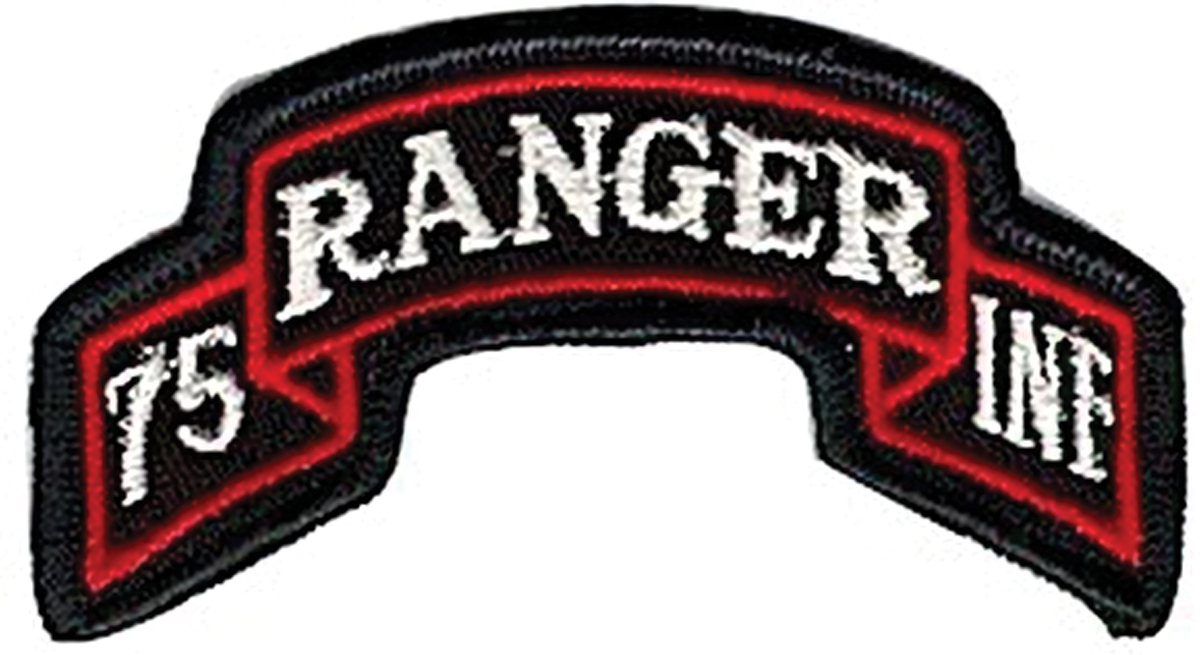
By Kenn Miller
Originally published in the April 2016 issue of the Sentinel
Every first day of February, I quietly celebrate the 1 Feb 1969 birthday of the 75th Rangers. That’s the day that the TO&E Long Range Patrol companies became lettered companies of the 75th Ranger Infantry Regiment. In what seems to be an intended and egregious insult to Lurp/Rangers of the Vietnam War, the Fort Benning establishment cites either 1974 (when 1/75 and 2/75 were activated), or 1984 (when 3/75 and the Regimental Headquarters of the 75th Rangers were activated) as the beginning of the 75th Rangers. This is based on the nitpicking technicality that despite shared lineage, mottoes, battle honors, numerical designation, distinguishing unit insignia, and basic scroll design, the word “infantry” makes the 75th Ranger Infantry Regiment and the 75th Ranger Regiment totally different units. 1 February, 1969, is apparently forgotten by all except for the Lurps who were officially deemed Rangers that day.
I remember the day well, and one of the things that stands out in my memory is the fact that half the guys who gathered around the bulletin board outside the company TOC where the Department of Army orders changing our company from F Company, 58th Infantry (Airborne) (Long Range Patrol) to L Company, 75th Ranger Infantry were posted were puzzled by this new unit’s lineage. Almost nobody knew that the 5307th Composite Unit (Provisional) was Merrill’s Marauders, and when that was explained everyone wondered why we weren’t given the lineage of the World War II Ranger Battalions and/or the numbered Ranger Infantry Companies of the Korean War. The Commo Platoon Sergeant, a highly respected former SF NCO, explained that the lineage of those units had been given to Special Forces, starting in the early 1950s, and continued as each new Special Forces Group came on line.
Here’s an at least a somewhat accurate, though incomplete, history of SF lineage. I’m not an expert, and surely some SENTINEL reader can correct anything I’ve overlooked or that my sources got wrong. Online information is scant and perhaps somewhat sketchy, even on US Army websites.
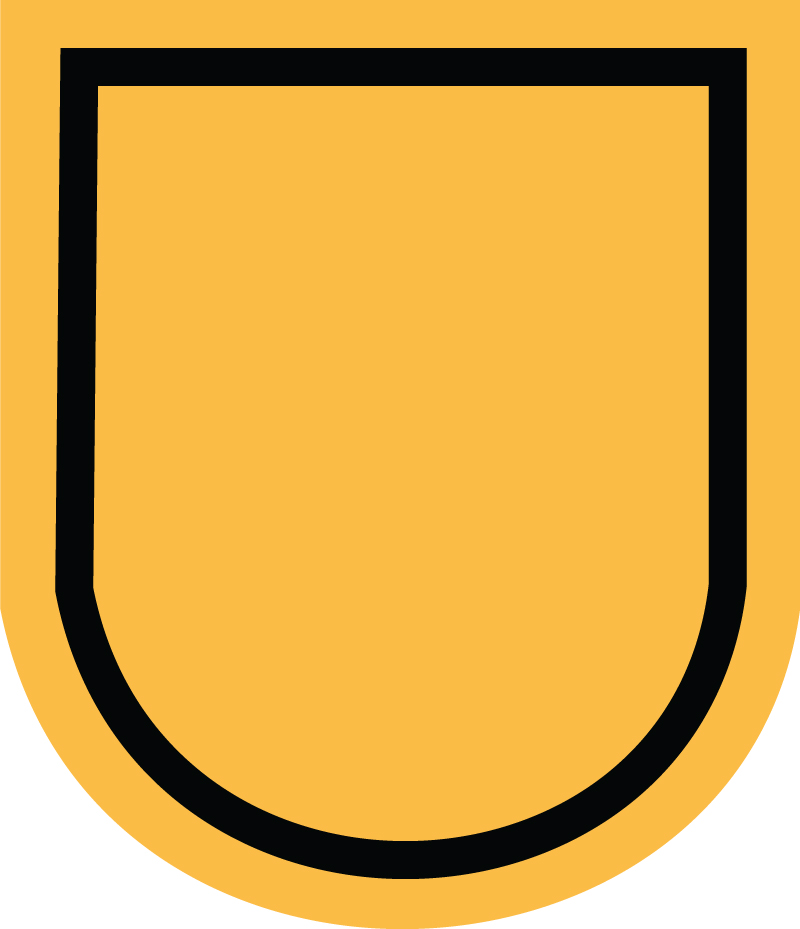
1st SFGA
2nd Company, 1st Battalion, 1st Regiment, 1st Special Service Force.
B Company, 1st Ranger Infantry Battalion (merged into 75th Ranger Regiment lineage, 1986)

3rd SFGA
Headquarters and Headquarters Detachment, 1st Battalion, 2nd Regiment, 1st Special Service Force
Headquarter and Headquarters Company, 3rd Ranger Infantry Battalion (merged into 75th Ranger Regiment lineage, 1986)
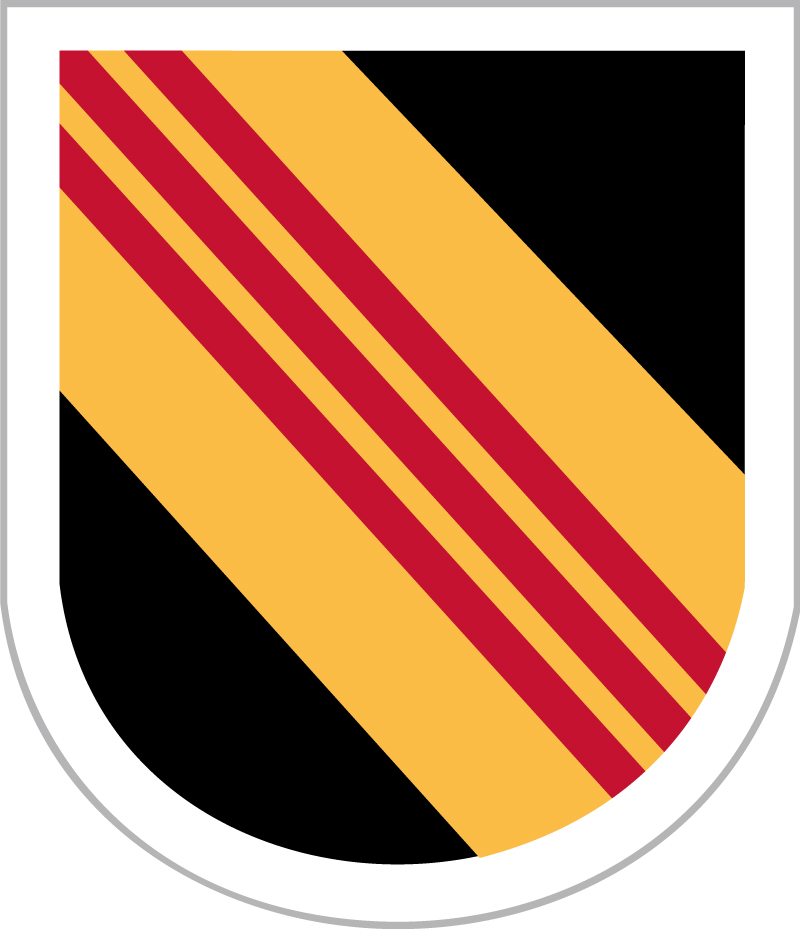
5th SFGA
Headquarters and Headquarters Detachment, 1st Battalion, 3rd Regiment, 1st Special Service Force.
Headquarters and Headquarters Company, 5th Ranger Infantry Battalion (merged into 75th Ranger Regiment lineage, 1986)
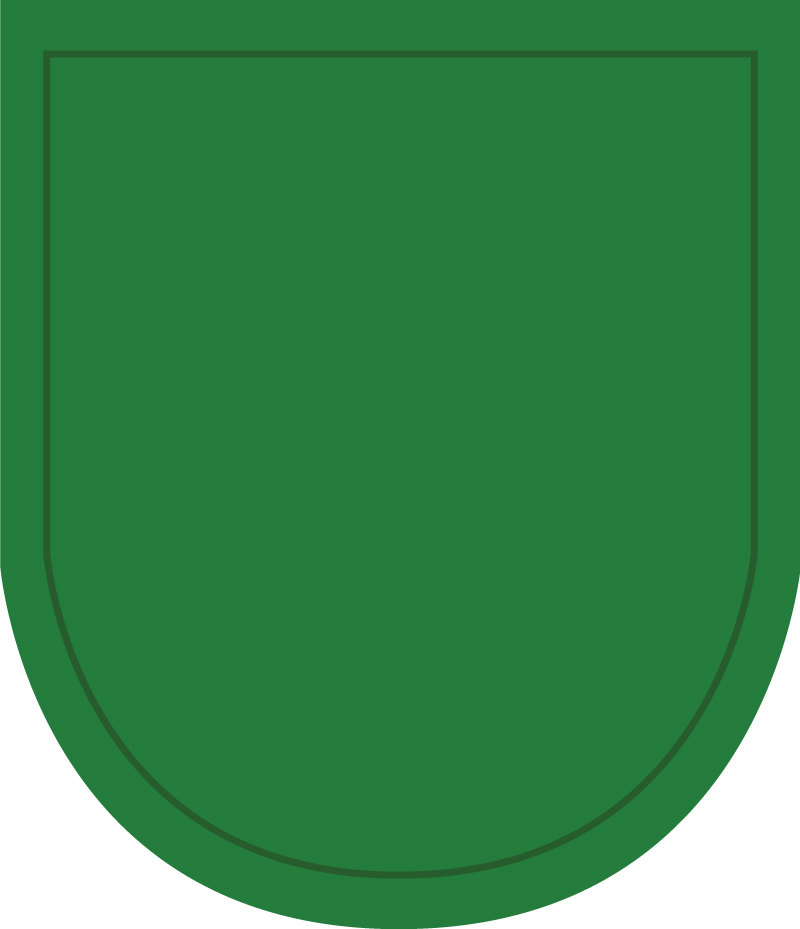
10th SFGA
4th Company, 2nd Battalion, 1st Regiment, 1st Special Service Force
A Company, 2nd Ranger Infantry Battalion (merged into 75th Ranger Regiment lineage, 1986)
77th and 7th SFGA
- 1st Company, 1st Battalion, 1st Regiment, 1st Special Service Force
- A Company, 1st Ranger Infantry Battalion (WWII)
- 1st Ranger Infantry Company (Korean War)
With the deactivation of the 7th Special Forces Group, the lineage including these units was apparently given to the 1st Battalion, 75th Ranger Infantry when that battalion was activated, and then later returned to Special Forces.
It seems rather clear that despite obvious attempts to straighten things out, the lineage of Special Forces and the Rangers have been tangled, at least since the advent of US Army Special Forces in the early 1950s. Although there is plenty of overlap in mission, training, and personnel, the Special Forces and the Rangers are distinctly different units, with distinctive missions and cultures. The men of these units are very aware of both the similarities and the differences, while the Army’s official guardians of lineage are somewhat more confused.
Lineage is an attempt at official history. Heritage goes deeper and is more inclusive. The Army has been extremely reluctant to officially validate the OSS roots of Special Forces on the technicality that the OSS was a civilian/military intelligence and special operations task force, not a recognized Army formation. Although the 1st Special Service Force’s direct action combat mission was very close to that of the modern 75th Rangers, I’ve never encountered an Army Ranger who disputes the 1st Special Service Force’s place in the formal lineage of the US Army Special Forces and the Canadian Army’s Special Operations Regiment. The crossed arrows insignia; the spearhead shoulder patch; the fact that, American or Canadian, everyone in the unit was serving alongside foreign soldiers speak eloquently for the 1st Special Service Force’s place in both the formal lineage and the heritage of US Army Special Forces. In 1983, both American and Canadian veterans of the 1st Special Service Force who had served more 120 days in the unit were awarded the US Army’s new Special Forces tab.
Alamo Scouts
Also awarded the Special Forces tab (in 1988) were veterans of the World War II 6th Army Special Reconnaissance Unit commonly known as the “Alamo Scouts.” Most historically minded Vietnam War Lurp/Ranger veterans would gladly challenge any Special Forces claim to the Alamo Scouts, which was clearly a predecessor of the Long Range Reconnaissance and Long Range Patrol units from which the original 75th Ranger units were formed in 1969.
At first glance — and at second and third glance — assigning the Alamo Scouts a place in the LRP/LRP/Ranger heritage makes sense. The Alamo Scouts were initially tasked with the two traditional Ranger tasks of recon and raids in the Southwest Pacific Theater. But in the liberation of the Philippines, the Alamo Scouts took on a Special Forces role in organizing, training, and leading local guerrilla forces against the Japanese that earned the unit a place in the Special Forces heritage. Though many of them had passed on and the survivors were old men unlikely to ever wear it on their shoulders, Alamo Scouts veterans were authorized the Special Forces tab in 1988.
When it comes to recognizing the soldiers who contributed to their lineage and heritage with the award of a coveted cloth tab to mark their combat service, Special Forces is considerably more gracious than the Rangers. Although there are Army Regulations and plenty of precedent allowing for a heritage award of the Ranger tab for combat service, only a very few Lurp/Ranger Vietnam War veterans who pulled political strings have benefited from those regulations and that precedent.
In a fair and reasonable world, the Alamo Scouts would have an honored place in the heritage and lineage of both the Special Forces and the Rangers. And so, arguably, might the 1st Special Service Force. The World War II and Korean War Ranger and pre-1969 Lurp/Ranger lineage now rightfully belong to the 75th Ranger Regiment. In a fair and reasonable world, the most relevant World War II lineage and heritage for the Special Forces would come from the OSS — but the conventional Army has long quibbled against recognizing this lineage on the grounds that the OSS was a civilian/military intelligence and special operations task force, and not an Army formation.
Though today’s Green Berets and Rangers are aware of the differences between the two organizations and their missions, the further back in the history of American military special operations we look, the more the lines between a Ranger and Special Forces heritage begin to blur.
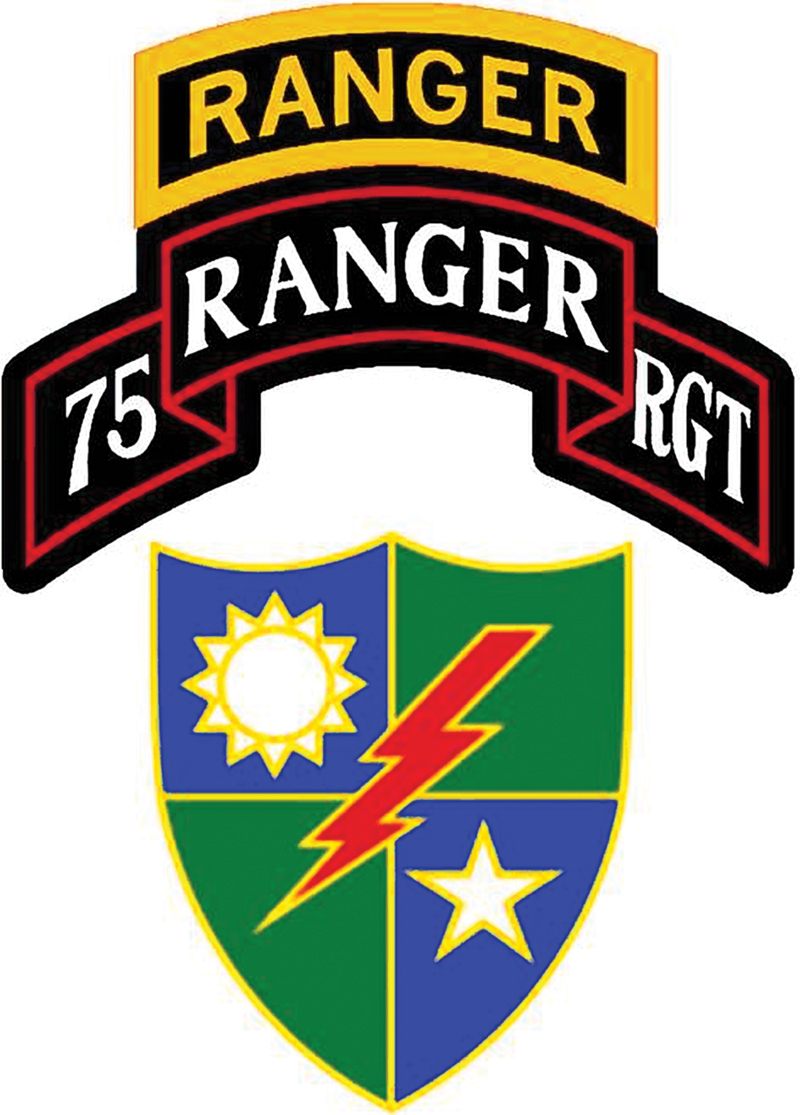
The 75th Ranger Regiment tie sold by Medals of America has a little tag on the back saying that the 75th Ranger Infantry was established in 1756. That must be a reference to Rogers’ Rangers, and it seems a bit fanciful. I’m what the Navy would call a “plank owner” of the 75th Ranger Regiment, and I’m only 68 years old. I remember the date not as 1756, but 1969.
Robert Rogers is often considered the father of American Rangers, despite the fact that he was loyal to the English crown in the Revolutionary War. The lineage and heritage of American Rangers and Special Forces gets more and more intimately braided the further back you look. The United States was still a couple decades away back in 1756, and even a proud and loyal Ranger might well scoff at any claim to US Army lineage that goes back even a couple decades before the birth of the USA. But if the historical roots of American Rangers goes back to Rogers’ Rangers, maybe the historical roots of Special Forces go back that far, too. Rogers’ Rangers began as a small platoon-sized unit, and expanded to train and field 14 companies, including one company each of Mahican, Mohegun, and Pequot Indians that bear a distinct historical similarity to the Vietnam War CIDG program.
No matter what the official lineages may say, the US Army Rangers and the US Army Special Forces share a common heritage that goes back at least 250 years. Maybe Medals of America ought to also put those little “established 1756” tags on the back of the Special Forces ties they sell. It would reflect a proud history, and a lineage that is not so much tangled as it is braided.
As a graduate of the MACV Recondo School who is grateful for the help SF gave the Lurps and the original 75th Rangers, come next 1 February, I’m going to raise a toast and tip my tan beret to both the Rangers and the Special Forces. We go back a long time together.
About the Author:
Kenn Miller is a former LRRP and 101st Ranger veteran. He is author of the successful and well-received novel Tiger: The LURP Dog, as well as Six Silent Men, Book Two (101st Lrp/Rangers), also highly regarded.
He is an very active member of Chapter 78 and a frequent contributor to the Sentinel. To read more by Kenn, visit the Kenn Miller Sentinel Archive.
Kenn lives in Southern California.

Thanks for your very thoughtful and interesting article about the complex history connecting Special Forces and Ranger units. As a graduate of Special Forces Training Group and MACV Recondo School, and a veteran of both the 8th SF Group and Co F, 75th Rangers (LRRP), I have more than a passing interest in the topic. Thanks Kenn.
Thanks! Official lineage or not, SFA Chap 91 (Iraq)-101 (Afghanistan) takes its number from and honors OSS Det-101 in Burma–oldest and closest to the Afghan theater of war.
[…] a different date. Kenn Miller explains the heritage and confused history of the U.S. Army Rangers. “A Tangled Lineage”, […]